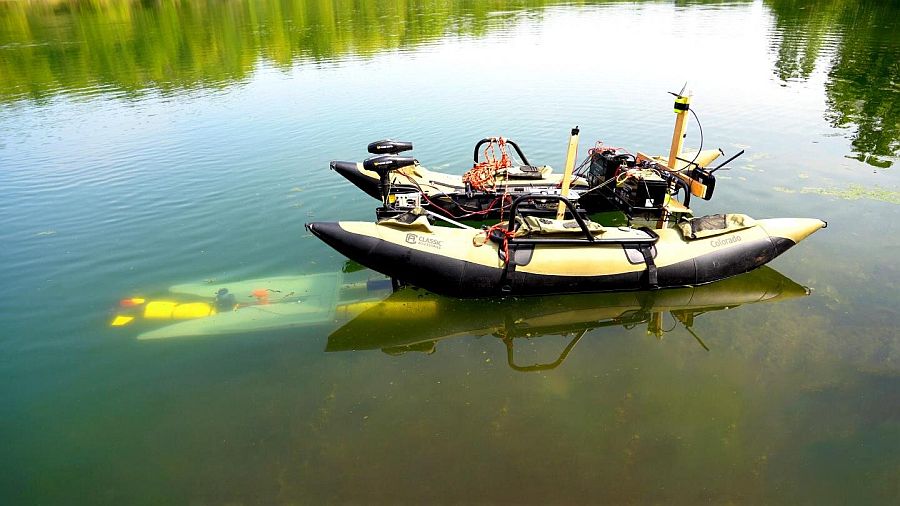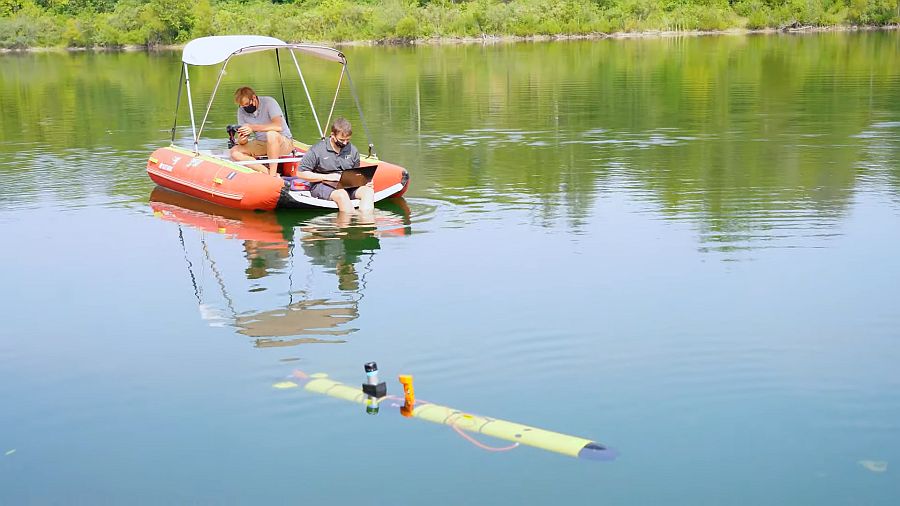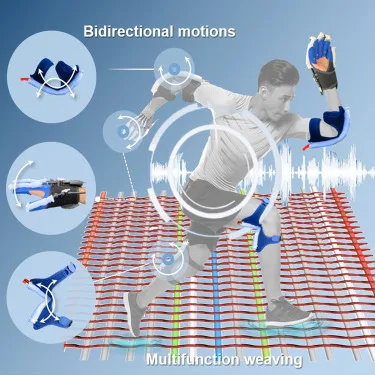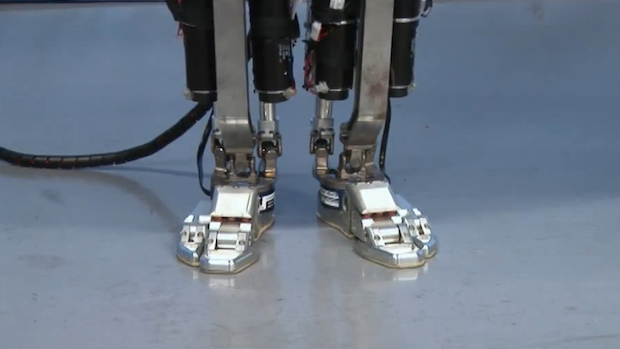
Rescue missions under natural disasters or man-made catastrophes are not only threatening for the safety of people but also quiet complex and dangerous for a rescue team. In order to increase the efficiency, robots are used in search and rescue (SAR) missions.
Additionally, these machines are also employed in environmental studies. However, there is still a slight lag when it comes to recharging their batteries especially during the mission. The challenge moves to the next level if the machine is an autonomous underwater vehicle (AUV) exploring deep ocean waters.
Mobile docking system for AUVs
Main idea behind employing these bots is to have minimum or no human intervention at least till the mission is complete. For certain operations human involvement becomes mandatory, like:
- retrieving the machine
- getting data
- recharging their batteries and
- finally send them back to the track
These hurdles are not only expensive but also time consuming. Additionally, the itineraries put limitations on the overall output of the robots.
To solve these issues, researchers at Purdue University have come up with an interesting concept of mobile docking system for AUVs. Team behind this innovation envision that the system will help the bots to keep in their target operation for a longer duration of time without any human intervention.
If succeed, the concept will give a huge boost to explore extra-terrestrial lakes, like Jupiter and Saturn’s moons.
Maximising the number of mobile docks
Even the most super advanced robots, when deployed underwater, lose their capability to communicate or receive radio signals, which also includes the GPS data. Although acoustic communication is available however, the output could be unreliable especially for long range transmissions. This is also one of the reasons that causes underwater robots to have a limited range of operations.
Solution provided by Purdue scientists enables underwater robots to charge and dock on their own.

To increase the overall efficacy, the researchers are looking forward to create similar – mobile and autonomous – multiple docks. These docks and robo machines would mutually coordinate and eventually, the machines, without any human interreference, be able to:
- recharge their batteries
- upload data that they have gathered during probe and
- go back to continue exploring
By maximising the number of mobile docks, optimum use of robots will be achieved, explained Mahmoudian, the lead researcher. The team has already tested their prototype on a short mission in Lake Superior.
The docking station is portable. The system can not only deploy on autonomous surface vehicles but also on other autonomous underwater vehicles
Irrespective of the environment, the robots when run out of battery, autonomously will return to its dock, get recharged and go back. Quite similar to Roomba.
Takeaway
Robotic machines to autonomously dock mid-mission to recharge and transfer data will be the next step in autonomous technology. Of course, this is not happening for the fist time, taking Roomba vacuum cleaner into consideration. But putting this tech into bots will help researchers in putting more effort in long term tasks than taking care of energy consumption of these machines.
Robots will now have more wider areas to explore and time constrain with respect to batteries reaching won’t be a huge issue. There is no limit with this tech.
Machines might take the risk to venture into the Arctic and explore the effects of climate change. And at the same time, they can cover and probe infinite distance in space as well.
Via: Nina Mahmoudian Lab, Purdue University



